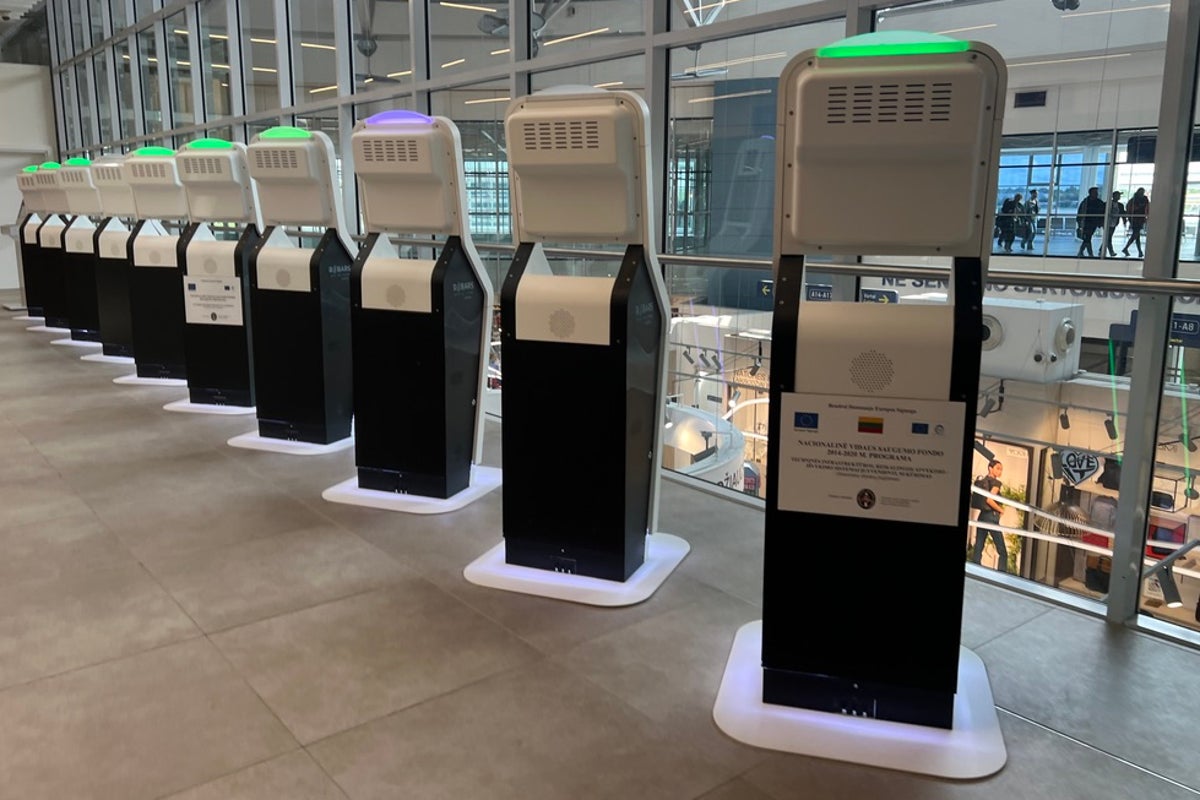Your support helps us to tell the story
From reproductive rights to climate change to Big Tech, The Independent is on the ground when the story is developing. Whether it’s investigating the financials of Elon Musk’s pro-Trump PAC or producing our latest documentary, ‘The A Word’, which shines a light on the American women fighting for reproductive rights, we know how important it is to parse out the facts from the messaging.
At such a critical moment in US history, we need reporters on the ground. Your donation allows us to keep sending journalists to speak to both sides of the story.
The Independent is trusted by Americans across the entire political spectrum. And unlike many other quality news outlets, we choose not to lock Americans out of our reporting and analysis with paywalls. We believe quality journalism should be available to everyone, paid for by those who can afford it.
Your support makes all the difference.Read more
Europe’s much-delayed entry-exit system (EES) will begin to apply to some travellers from the UK to the EU on 12 October this year.
The scheme will connect all Schengen area frontiers to a central database. The aim is to digitise border crossings so that the comings and goings of non-EU citizens can be more closely monitored. It will help to identify suspected criminals and to police the limit on stays of 90 days in any 180 days that applies to UK and other nationalities.
The newly declared date means some British passport holders heading away for October half-term holidays will need to give fingerprints and facial biometrics.
Initially the EU plan was to launch the scheme with a “big bang” approach from the Arctic to the Canary Islands. But because of a rethink after the failure to meet the planned 10 November 2025 deadline, for the first six months travellers will encounter “border roulette”. Some crossing points will require biometrics, while others will remain strictly analogue.
For UK holidaymakers and business travellers, the roll-out involves even more red tape than at present. Even when biometrics are taken at EES-compliant frontier posts, passports will continue to be scrutinised and stamped until the roll-out is completed 180 days later.
The EU has also confirmed that the Etias “euro-visa” will come into effect between October and December 2026, and that the original fee is set almost to treble.
The Independent has identified the plans by studying newly updated EU documents from eu-LISA, the European Union agency responsible for the system. It is based in Tallinn, Estonia.
The main home page for the EES now reveals: “The new entry-exit system will start on 12 October 2025.”
The Frequently Asked Questions page carries some old news: “The European Union will inform about the specific start date of the EES several months prior to its launch.” Crucially, though, the end date of the roll-out is specified: “This phased implementation will last until 9 April 2026.
“From 10 April 2026, the EES will be fully operational at all external border crossings of the European countries using the system.”
More details have also been revealed of the fingerprint requirements for British travellers – as well as other “visa-free third-country nationals”. The document says: “The system will store four of your fingerprints and your facial image.”
Children under 12 will not have to provide fingerprints.
Once the entry-exit system is up and running, final preparations will be made for the European Travel Information and Authorisation System – Etias. The EU says “Etias will start operations in the last quarter of 2026.”
The European Union has now provided official confirmation of rumours that the fee is set to rise even before the so-called euro-visa begins.
Initially the cost of the permit, valid for three years, was pegged at €7 (£6). But the EU now says: “When applying using this official Etias website, you will be charged a fee of €20 [£17].
“Applicants who are under 18 or over 70 years of age are exempt from this payment. Also exempt are family members of EU citizens and family members of non-EU nationals who have the right to move freely throughout the European Union.”
The Independent has updated articles explaining both the entry-exit system and the Etias scheme.
